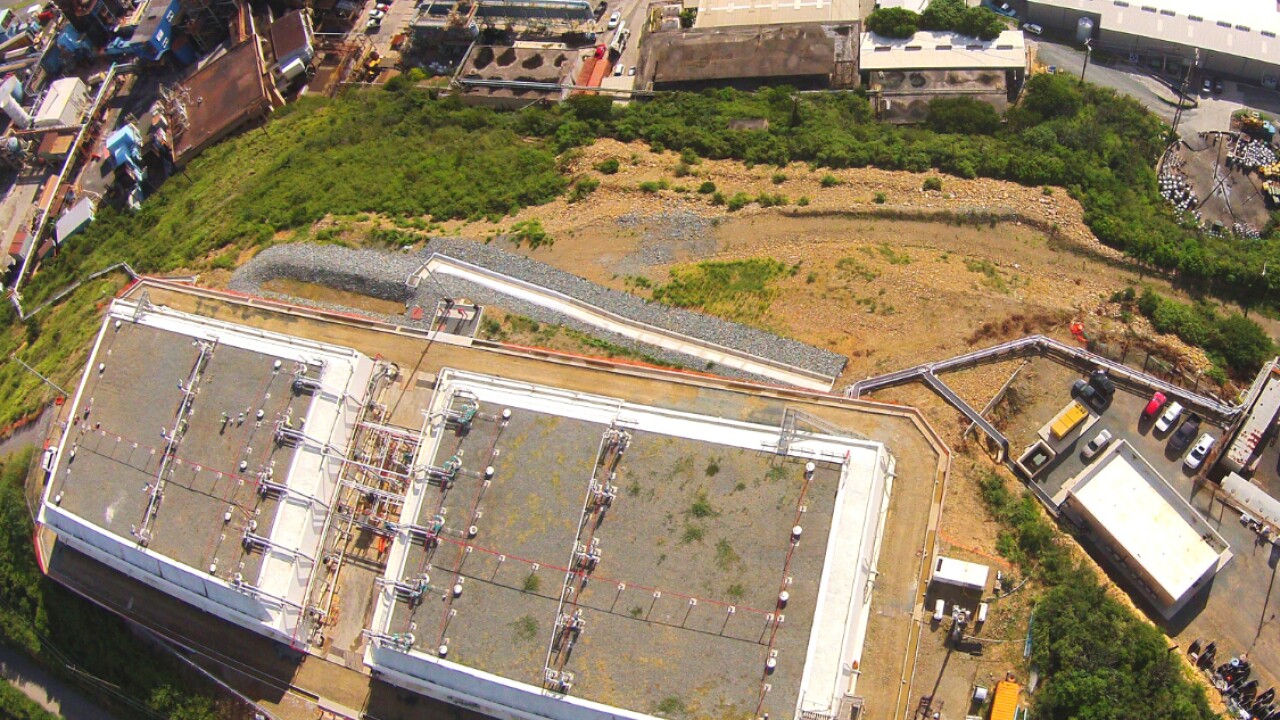Sage College in upstate New York combined two undergraduate institutions and boosted enrollment, helping to improve its credit outlook a year after sinking to deep junk territory.
Moody’s Investors Service revised the outlook for its Caa1 rating on the private college’s $10.8 million of outstanding revenue bonds to stable from negative on Friday, saying a larger freshman class had enhanced the school's financial performance. While Sage is still the lowest-rated Moody’s higher education credit in the continental U.S., the school is positioned for tuition revenue growth and a liquidity boost when many small private colleges are struggling to stay open. Sage's bonds were

“The revision of the outlook to stable reflects improved financial performance in fiscal 2018 compared to prior years and prospects for further strengthening in fiscal 2019,” Moody’s analyst Pranav Sharma wrote in a March 15 report. “The college's management has taken substantial steps to reduce structural deficits and streamline its organization.”
Sharma said a decision to combine Sage College of Albany and Russell Sage College, a women's school in Troy, will provide opportunities for cost efficiencies while also reducing operational complexities. Sage, which enrolls around 2,200 full-time students, also has a graduate school with campuses in Albany and Troy.
“The announcement by Moody’s that it has revised our financial outlook to ‘stable’ is further confirmation that we are on the right track to improving our fiscal health," Christopher Ames, president of the colleges, said in a statement. "We have worked together as a community to reduce expenses and grow enrollment, and we are seeing the results. Our plan to consolidate our institution into one coeducational college with two campuses known as Russell Sage College will provide more impetus for us to grow efficiently and to respond to the desires of today’s students. The future is very bright for Sage.”
Sage’s fall 2018 enrollment increased by 6.5% over the previous year, which Sharma said was “notable” after two straight years of declines in 2016 and 2017. Sage's strategies to stabilize enrollment included reinstating early acceptance, increasing merit scholarships, adding field hockey and men’s lacrosse teams along and sending admission packages two months earlier than in 2017.
“Enrollment growth in fall 2018 will likely grow the net tuition revenue for fall 2019, which will support additional improvement in operating performance,” said Sharma.
Lisa Washburn, managing director at Municipal Market Analytics, said that while Sage has stabilized in the last year, a Caa1 rating still underscores concerns over the college’s future. Washburn noted that Sage is struggling with obstacles facing other small, private colleges in the northeast such as a declining graduating high school student population, more cost-conscious families and fewer students interested in niche-focused schools. She said efforts to merge Sage’s undergraduate institutions for cost savings should provide some “fiscal breathing room” and probably will be employed by other colleges that face financial headwinds.
“I expect that institutional consolidation, mergers, and closures will rise as fiscally struggling schools face an increasingly difficult operating environment,” Washburn said.
A number of Northeast private colleges have been forced by debt challenges to close, including
Sharma said recovery prospects in the event of default for Sage’s’ series 1999A and 2002A bonds issued through the Albany Industrial Development Agency and Rensselaer County IDA, respectively are “uncertain” since they probably hinge on sale of campus property. The 1999A rated bonds are fixed rate and payable through 2029. The Series 2002A Bonds are variable rate demand obligations supported by a letter of credit with M&T Bank with a stated expiration of June 30, 2019.
“Sage is highly dependent on a secured bank line of credit for working capital, with liquidity risk and counterparty concentration in the debt portfolio,” Sharma said. “Bondholders have been effectively subordinated to the bank providing working capital funds, reducing prospects for recovery in event of default.”
M&T Bank also provides Sage an annually renewable $8 million line of credit, of which $7.7 million was outstanding at June 30, 2018, according to Moody’s. The college also has a $2.8 million variable rate term loan maturing in 2021 with a first lien on certain land, buildings and equipment.





